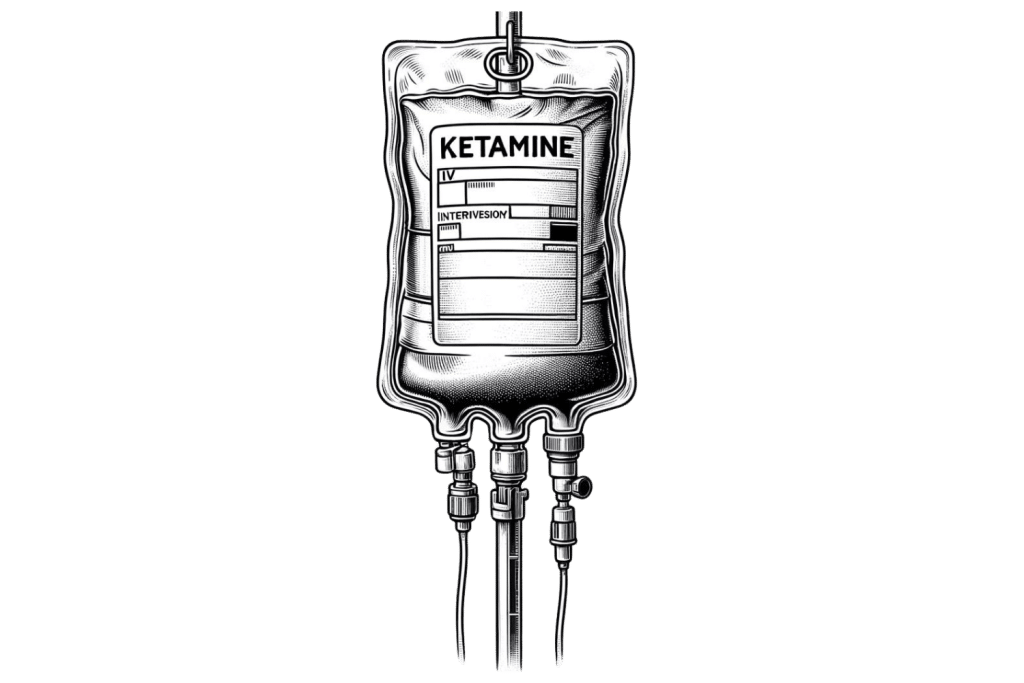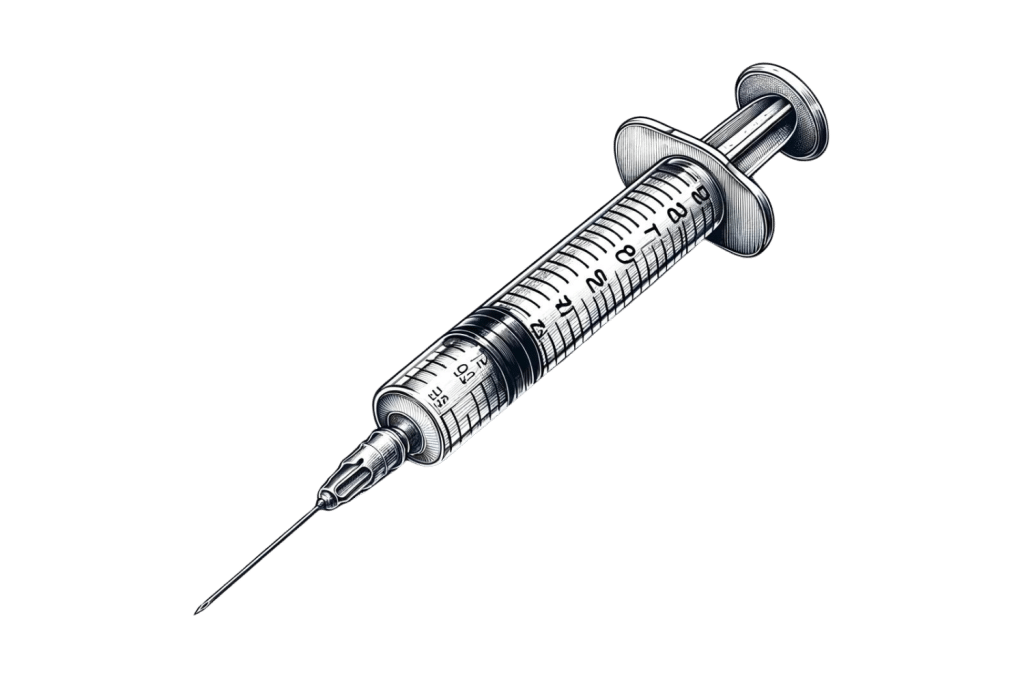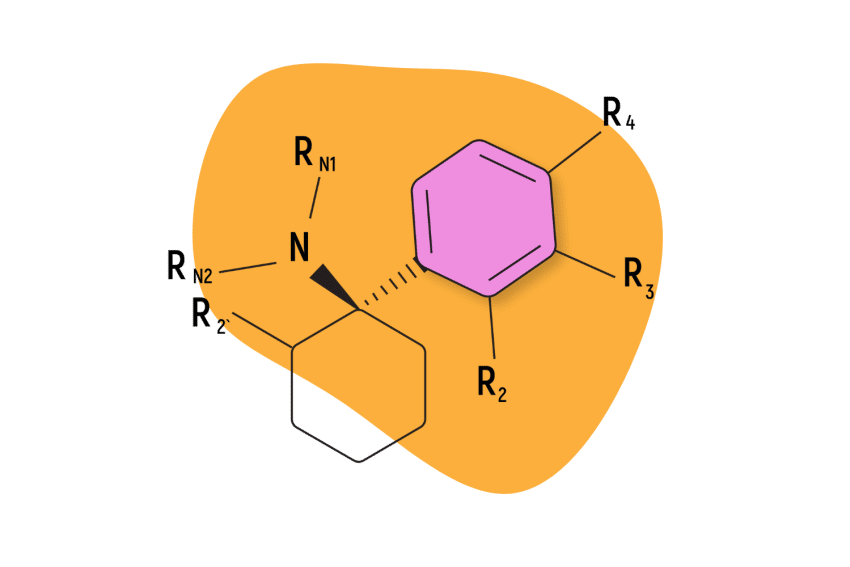How Much Ketamine Does It Take to Cause Sedation?
Ketamine can induce many levels of sedation that are useful in medicine, but it depends on the dose and how it’s administered.

The difference between ketamine sedation and anesthesia is the dose.
In fact, sedation has several levels:
- Minimal Sedation — Patient is still conscious and can answer questions
- Moderate Sedation — Alteration of patient’s consciousness, relaxed muscles, but still responding to stimuli
- Deep Sedation — Someone does not respond easily to stimuli like questions or pain but can be awakened.
Beyond these levels, in a “high dose,” ketamine acts as an anesthetic. A “low dose” of ketamine creates a calming and painkilling effect. The state is useful for certain medical procedures and is sought after by recreational users.
Below, we cover the different doses for the varying levels of sedation when using ketamine.
When Is Ketamine Used For Sedation?
When given as an anesthetic, ketamine will cause a loss of consciousness and memory, but ketamine sedation is a spectrum. Anesthetic doses are usually reserved for short surgeries or medical procedures that are unpleasant to experience.
The other end of the spectrum requires patients to be awake, calm, and aware with an altered sense of pain perception. Someone in deep sedation may drift off to sleep but can still wake up, unlike a person in full anesthesia, who will not wake even in extreme pain.
Ketamine’s sedative and painkilling effects work in synergy. This is a useful effect in a variety of medical situations, placing ketamine in the toolkit of first responders and doctors alike. Examples of situations where ketamine sedation may be used are when patients are not cooperating, as a painkiller, for palliative care, and intensive care.
Related: Is Ketamine an Opioid?
Ketamine Dose Sedation in Adults
A ketamine sedation dose is considered a low dose and is typically calculated by one’s body weight.
Sometimes, ideal body weight is used to calculate the dose for severely overweight patients.
Different doses are used because each method of administration has a different bioavailability (a measure of how efficiently the body absorbs ketamine).
Ketamine Infusion Sedation
When administered by IV, a low dose of ketamine for light sedation and painkilling effects can range from 0.03-0.24 mg/kg. Doses higher than 1-1.5 mg/kg induce dissociation and deeper levels of sedation [1].
According to MedScape, a full anesthetic dose ranges from 1-4.5 mg/kg. A sedative dose is usually below this amount.
The most efficient and common method of administration is an intravenous infusion because nearly one hundred percent of a ketamine infusion is absorbed.
Ketamine infusions are variable in duration. Infusions can be done over a few minutes as a “push,” but longer infusions reduce the chance of adverse effects.
A single push will last 5-10 minutes, but a continuous infusion will extend the effects.
Some intravenous ketamine is administered as a drip, which can work over an entire day or longer and is measured in milligrams per hour or micrograms per minute.
Continuous sedation for several days has been done safely with ketamine [2].

Ketamine IM Sedation
Intramuscular injections of ketamine at doses higher than 3-4 mg/kg induce disassociation in adults. A dose for light sedation is typically lower than 3-4 mg/kg [1].
Medscape puts an anesthetic dose of IM ketamine at 6.5-13 mg/kg.
Most intramuscular ketamine is highly bioavailable, with 93% assumed to reach the bloodstream [3].
Intramuscular ketamine for sedation lasts about 12-25 minutes, although effects can linger past the 20-minute mark.

Ketamine Oral Dose Sedation
A sedating dose of oral ketamine can be around 2-5 mg/kg for children. While oral ketamine for sedation is less common, sometimes this method is used for children or in sedation dentistry [4].
Higher doses of oral ketamine are necessary due to its lower bioavailability (20-25%), with some estimates saying only one-fifth of an oral dose reaches the bloodstream [5].
Oral ketamine is often administered alongside other sedating drugs, such as benzodiazepines.
Ketamine Sedation Contraindications
A trained medical professional will decide if ketamine sedation is safe before administering the compound.
Medical professionals may consider factors such as:
- Cardiovascular disease and hypertension
- Personal or family history of schizophrenia
- Personal or family history of psychosis
- History of adverse reactions to anesthetics
- Ketamine or anesthetic allergy
- Kidney or liver issues
- Previous substance abuse issues
- Pregnant or breastfeeding
Ketamine Side Effects
During ketamine sedation, some side effects may appear, such as:
- Nausea
- Headache
- Elevated heart rate and blood pressure
- Disassociation, feeling outside of oneself
- Floating
- Delirium
- Rash
- Hallucinations
Following ketamine sedation, side effects like elevated heart rate and blood pressure usually disappear within a few hours.
In some cases, effects can persist, such as:
- Memory problems
- Nausea Vomiting
- Sleepiness
- Cardiovascular stimulation
- Vivid dreams or nightmares
- Panic or anxiety attacks
FAQs: Ketamine
Here are some of the most common questions we get asked about the topic of ketamine and its sedative effects.
1. Is Ketamine Sedation Safe?
Yes, ketamine has been used for over 50 years in medicine and has a well-established safety profile when administered by a trained medical professional.
Ketamine notably has fewer effects on breathing and heart rate than other compounds with depressant effects.
2. How Does Ketamine Sedation Work?
Researchers are still unclear exactly what ketamine’s mechanism is in terms of sedation.
Most theories focus on ketamine’s action at the NMDA receptor in the brain, which has many effects, including affecting GABA, an inhibitory neurotransmitter in the brain. GABA has been called “the brakes” of the brain.
There are likely several mechanisms of action for ketamine in the body.
3. How Long Does Ketamine Stay in Your System?
The effects of ketamine are typically gone within a few hours.
Ketamine can be detected in urine for up to 14 days, depending on the test. However, most standard drug panels do not test for ketamine.
References
- Rosenbaum, S. B., Gupta, V., Patel, P., & Palacios, J. L. (2017). Ketamine.
- Umunna, B. P., Tekwani, K., Barounis, D., Kettaneh, N., & Kulstad, E. (2015). Ketamine for continuous sedation of mechanically ventilated patients. Journal of emergencies, trauma, and shock, 8(1), 11.
- Clements, J. A., Nimmo, W. S., & Grant, I. S. (1982). Bioavailability, pharmacokinetics, and analgesic activity of ketamine in humans. Journal of pharmaceutical sciences, 71(5), 539-542.
- Soltani, Z. E., Rezaee, M., Elahi, M., Badripour, A., Firoozabadi, M. D., Sanatkar, M., & Goudarzi, M. (2021). Comparison of Sedative Effects of Two Dose of Oral Ketamine in Pediatric who Undergoing Eye Examination.
- Andrade, C. (2019). Oral ketamine for depression, 2: practical considerations. The Journal of clinical psychiatry, 80(2), 13521.









